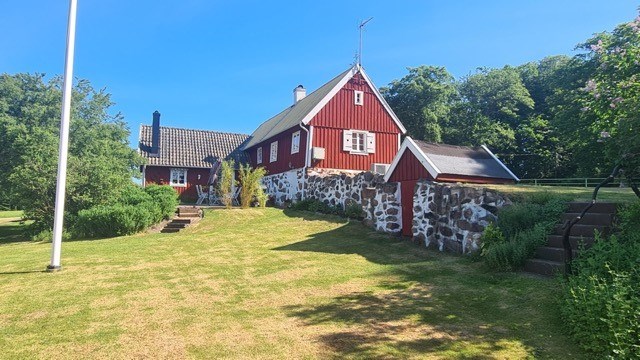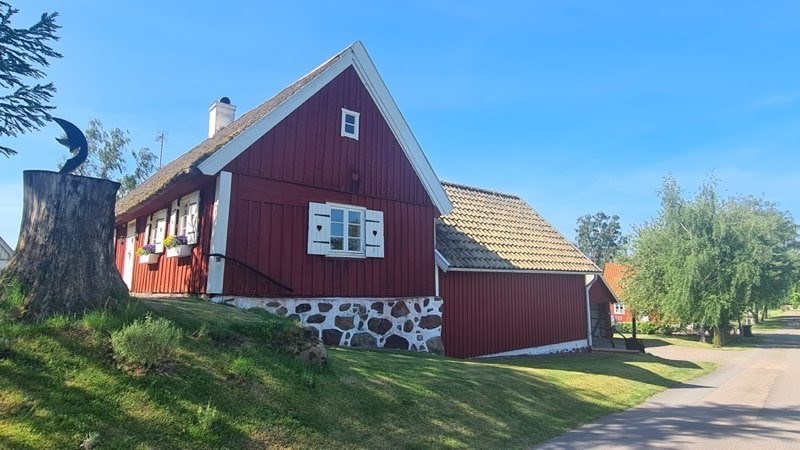Marine Le Pen’s victim narrative is already being constructed – but there are ways to stop her criminal conviction benefitting her
Marine Le Pen, figurehead of France’s Rassemblement National (RN), one of the most established far-right parties in Europe, has been Läs mer…





